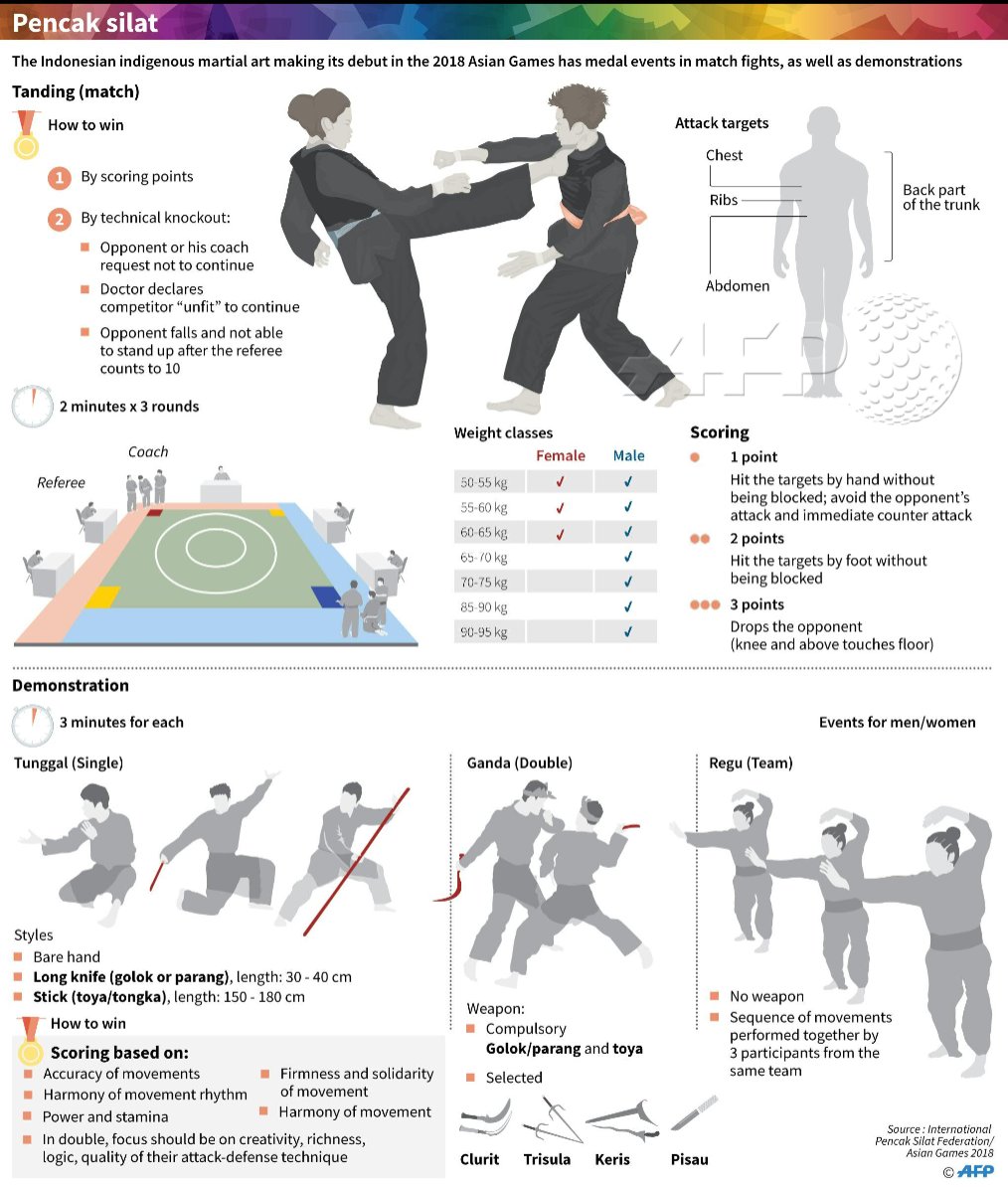Exploring The Distinctions In Between Traditional Martial Arts And Contemporary Fight Sports
Exploring The Distinctions In Between Traditional Martial Arts And Contemporary Fight Sports
Blog Article
Write-Up Writer-Thuesen Snedker
When you consider martial arts, do you lean much more toward the conventional practices or the modern-day fight sporting activities? Each path offers distinct benefits and experiences, formed by their ideologies and training approaches. Standard martial arts emphasize personal development and self-control, while modern-day combat sports concentrate on competition and performance. Recognizing these differences can guide you in selecting the best technique for your journey. Yet exactly how do these distinctions show up in training and viewpoint?
The Philosophy and Background Behind Typical Martial arts
While many individuals link martial arts with physical fight, the viewpoint and background behind conventional martial arts run much deeper. You'll discover that these techniques highlight personal development, self-control, and respect.
Stemming from old techniques, conventional martial arts were often developed for Self-Defense and spiritual advancement. They symbolize concepts such as equilibrium, harmony, and self-constraint, directing specialists past mere combating skills.
As you educate, you'll not just discover techniques however likewise gain understandings into the culture and values that formed these arts. The rituals and practices, frequently given with generations, foster a feeling of area and belonging.
The Affordable Nature of Modern Battle Sports
Modern fight sports have transformed the landscape of martial arts into a very competitive sector, where athletes challenge in an examination of ability, approach, and endurance.
You'll notice that competitions are frequently organized with rigorous policies and guidelines, making certain fair game and security. These occasions draw in big audiences, fueling the enjoyment and intensity of matches.
Professional athletes educate rigorously, not just for physical expertise but also for psychological sturdiness, knowing that every detail counts in the ring. lees martial arts cary il during competitors is apparent, as boxers press their restrictions to assert triumph.
Fans value the athleticism and creativity involved, making modern-day combat sporting activities a thrilling spectacle that remains to evolve and captivate fanatics around the world.
Training Approaches and Strategies: A Relative Analysis
The affordable environment of contemporary battle sports demands innovative training approaches that differ significantly from standard martial arts.
In https://cons-of-martial-arts-for76531.blogproducer.com/42193931/comprehending-the-different-belt-levels-in-taekwondo-vital-info-to-familiarize-yourself-with -day training, you'll concentrate on particular strategies, sparring, and conditioning, usually making use of drills that imitate genuine battle circumstances. You'll see an emphasis on quantifiable efficiency and regular competitors to evaluate your abilities.
In contrast, conventional martial arts focus on types, katas, and philosophical teachings, typically highlighting self-control and respect over competitors.
https://rafu.com/2023/04/karate-based-violence-prevention-program-coming-to-l-a-april-15-16/ is typically less extreme and might include repeated practice instead of real-time sparring.
While both methods develop skill and fitness, modern-day fight sports give an extra vibrant and adaptable training atmosphere, preparing you for prompt difficulties in the ring or cage.
Choose the course that straightens with your goals and interests.
Conclusion
In picking in between typical martial arts and modern-day fight sports, it truly comes down to what you value most. If you're looking for personal growth, self-control, and a sense of neighborhood, standard arts may be your ideal fit. However if you thrive on competitors and real-time challenges, contemporary combat sports could be the means to go. Eventually, both paths use one-of-a-kind advantages, so it's all about aligning your training with your individual goals and rate of interests.
